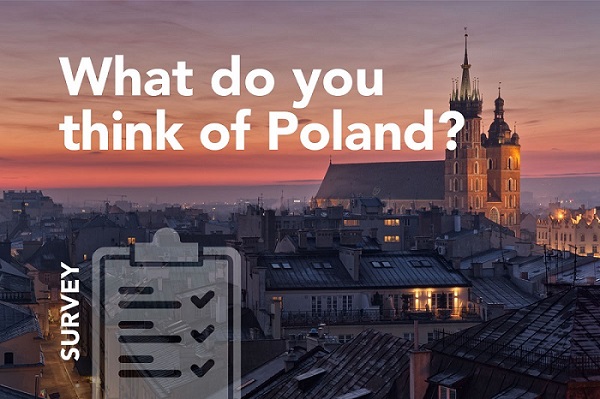Kujawsko-Pomorskie Voivodeship
Filled with ancient Slavic sites, famous health resorts and natural attractions, the province also includes a gem of Gothic architecture – Toruń – whose historical centre, with the 14th-century Town Hall, tenements and fragments of castle walls, is a UNESCO-listed heritage site.
Kujawsko-Pomorskie province lies in north-central Poland and shares a border with five provinces: Pomorskie, Warmińsko-Mazurskie, Mazowieckie, Łódzkie and Wielkopolskie. It has two province capitals, Toruń and Bydgoszcz, and covers an area of 17,972 sq. km.
Kujawsko-Pomorskie: Constellation of Great Destinations
Although its tourism capital Toruń is Copernicus’ native town, this astral region’s attractiveness is not limited to the stars shining above. There is so much to discover down below: the region is full of Teutonic castles and other Gothic sites. Its history can be experienced at open-air museums and ethnographic parks such as those in Kłóbka, Wielka Nieszawka and Toruń. Its lowland health resorts – Inowrocław, Ciechocinek, Wieniec Zdrój – are rich in mineral deposits and thermal waters. In Szafarnia, you can hear local folk music that inspired famous composer Chopin.
You don’t have to travel to Italy to see Venice, Pompeii or the leaning tower.
A tilting tower is part Toruń’s historical city walls. Standing beneath it, it’s impossible to stay upright.
In Wenecja (Polish for Venice), the Bloody Devil of Wenecja haunts the castle ruins. Vintage locomotives can be enjoyed at the local Narrow-Gauge Railway Museum, one of Europe’s biggest open-air museums of rolling stock. Several times a year, during Wenecja Steam Engine Night, they belch steam and evoke memories of busy years spent on the railroad. The historical narrow-gauge railway carriages will take you straight to Biskupin.
Dubbed the Polish Pompeii, Biskupin was founded much earlier than the town at the foot of Vesuvius. The Archaeological Museum in Biskupin is the most famous archaeological reserve in Central Europe. Among other exhibits, it features reconstructions of a Neolithic settlement from 6,000 years ago, a Lusatian one from 2,700 years ago, and an early Piast village. The annual Archaeological Festival presents the daily lives of Biskupin’s ancient inhabitants.
In Żnin, the Gothic tower and former Town Hall houses the Pałuki Region Museum. Besides the aforementioned Narrow-Gauge Railway Museum and nearby castle ruins in Wenecja, its branches also include the Żnin County Railway.
Part of the Way of Saint James to Santiago de Compostela cuts across Kuyavia and Pomerania, as does the Piast Dynasty Trail. The region is the source of Slavic legends, including one tale about King Popiel who was eaten by mice in Kruszwica on Lake Gopło.
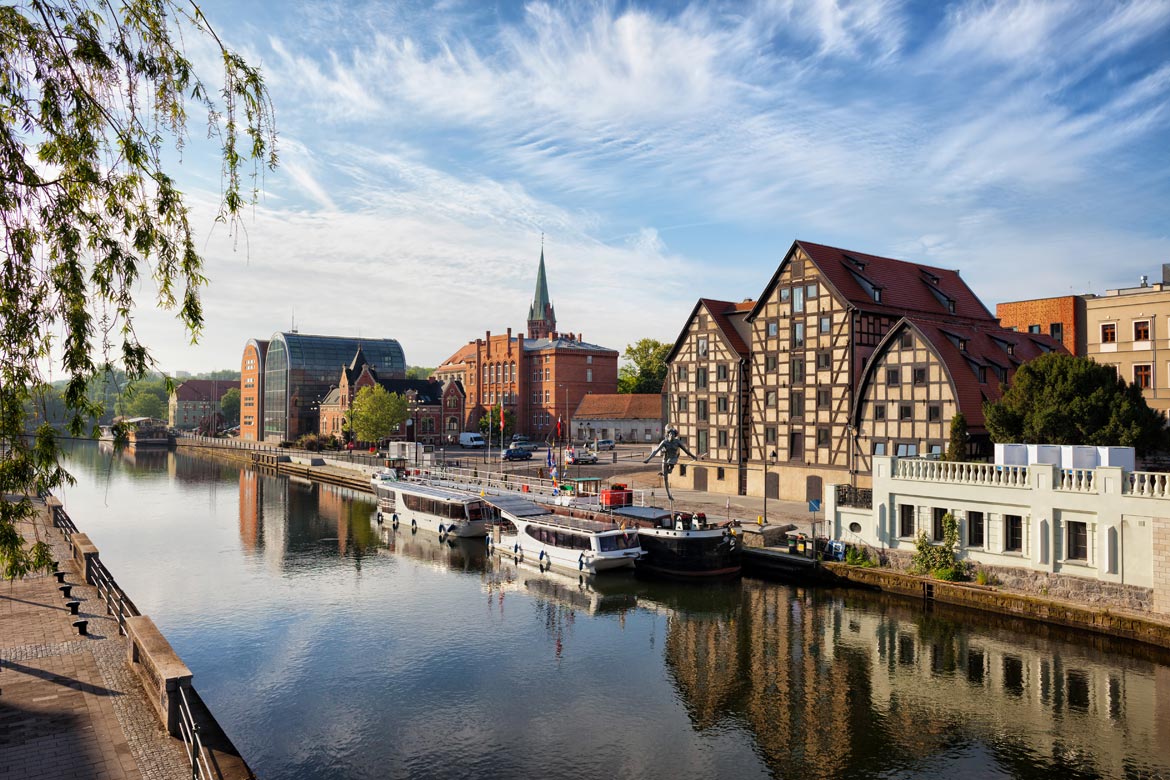
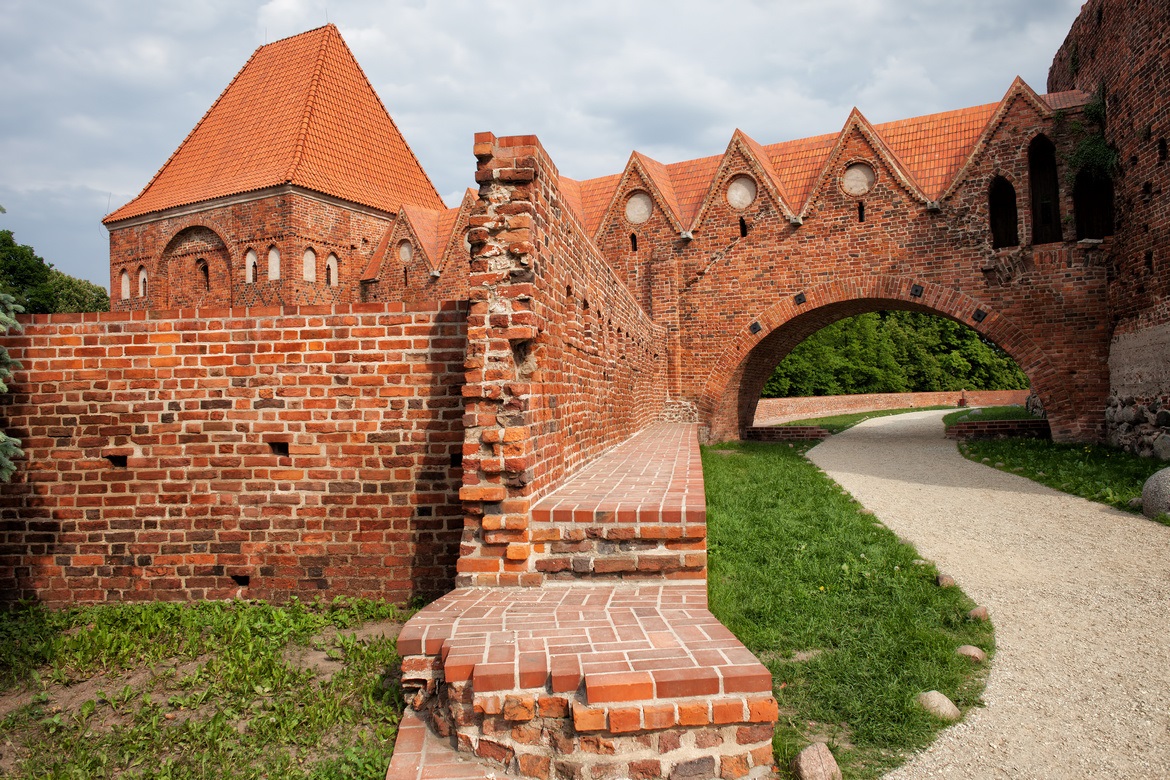
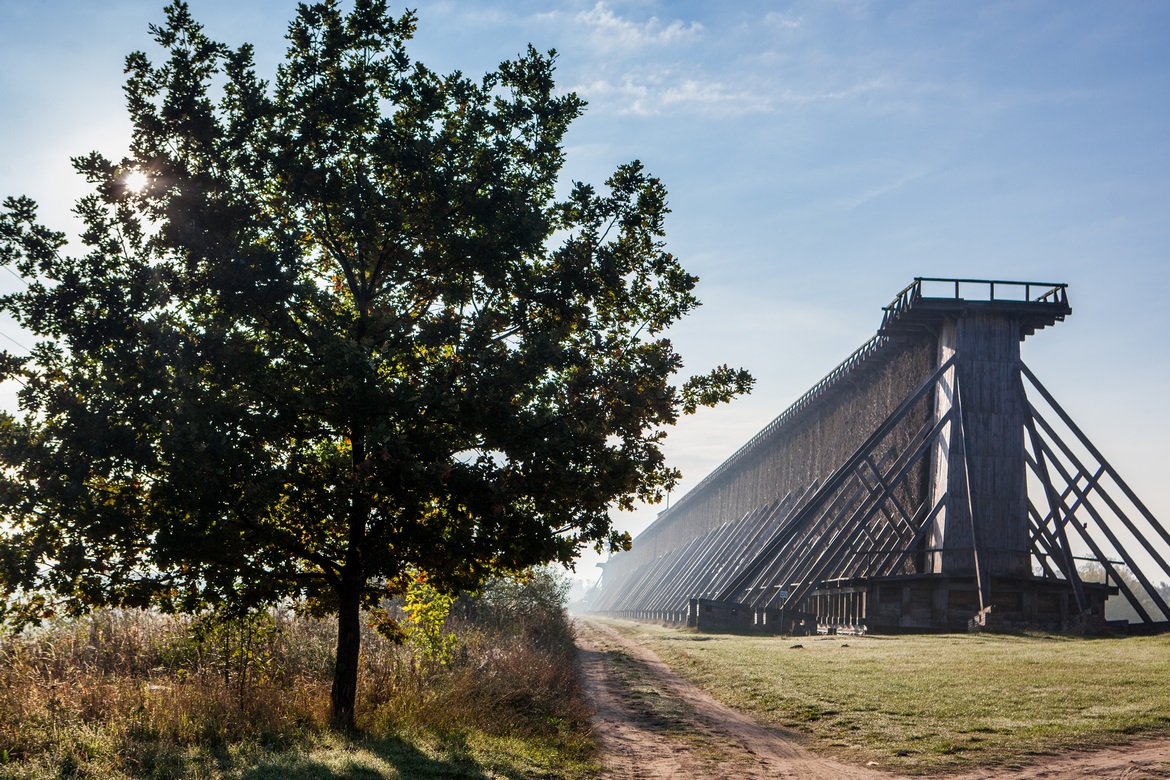
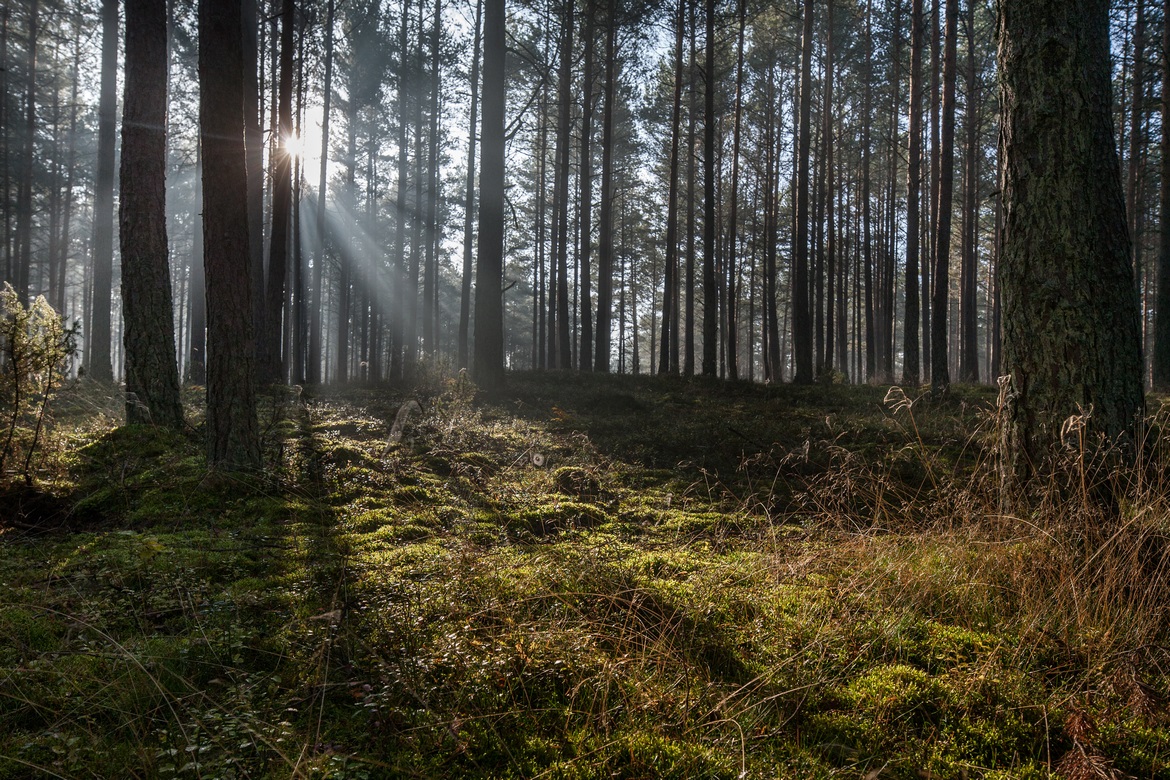
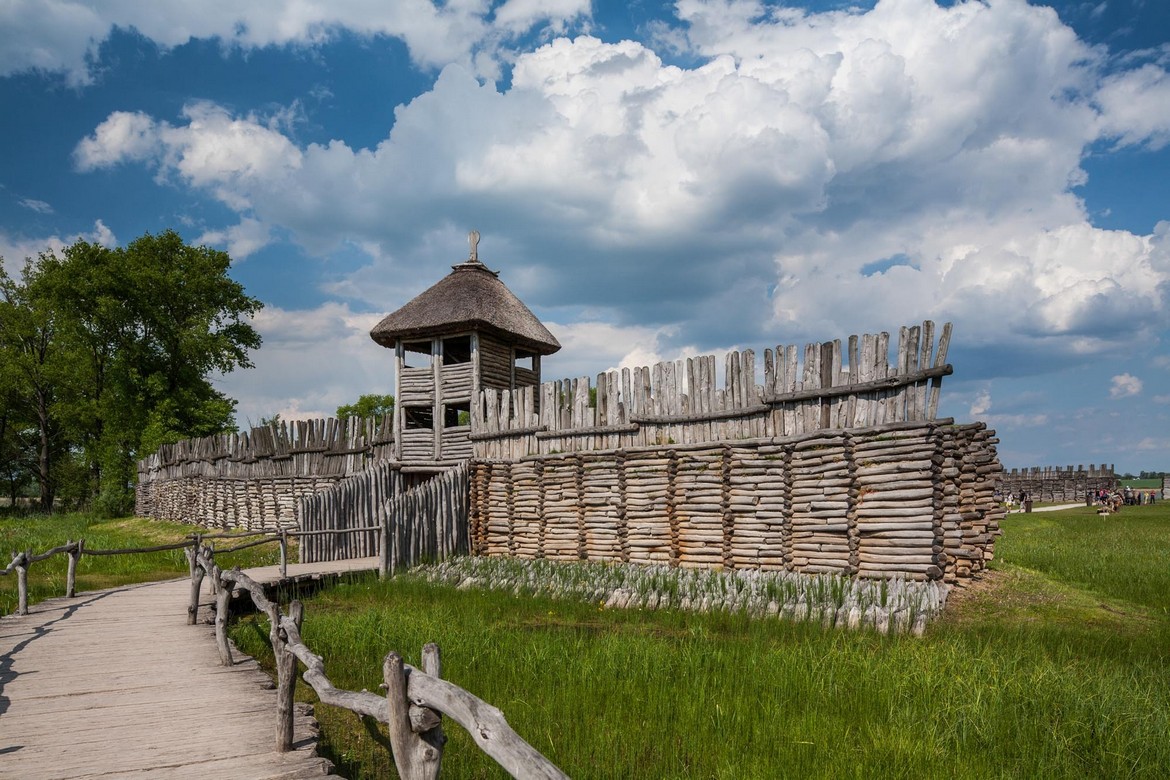
After Hanseatic Toruń, leading you into the region’s tourism canon, comes Bydgoszcz with its fascinating TeH2O Water, Industry and Craft Trail. This post-industrial themed route presents the history of 15 sites embedded in the urban space of this city lying on the River Brda and the Bydgoszcz Canal, on International Waterway E70. They include the Exploseum – a huge facility with an interactive exhibition on the former site of a Nazi explosives plant, the picturesque Granaries on the Brda, the Lemat Barge illustrating the daily lives of skippers, the Museum of Soap and the History of Dirt, and Mill Island.
In the times of Sigismund III Vasa, this green enclave was home to the Bydgoszcz Mint, which minted coins for the entire Polish-Lithuanian Commonwealth. Its story is told by the European Money Centre, part of the Leon Wyczółkowski District Museum in Bydgoszcz.
The Gothic buildings of Chełmno proudly rise above the Vistula river valley. Relics of St. Valentine kept at the Parish Church for centuries have made this “the city of lovers”. Today part of the European Route of Brick Gothic, the fortified town received its foundation document, known as the Chełmno Charter, from the Teutonic Order in 1233. Ever since the 18th century this charter served as a model for the foundation of over 200 cities, including Warsaw, Toruń, Gdańsk and Wadowice. Chełmno boasts the longest preserved defensive walls in Europe, a medieval chequerboard street plan and the Gothic-Renaissance Town Hall in the main square – an architectural gem, and a unique atmosphere that you get to feel during events such as the Perspektywy – 9 Hills Festival.
The Tuchola Forest – a UNESCO biosphere reserve – features a network of over 600 km of hiking and biking trails. The forest tracks in one of Poland’s biggest woodland complexes can also be explored on horseback. Fans of water sports can canoe on the rivers Brda and Wda or sailing on Lake Koronowskie. Koronowo features Europe’s highest narrow-gauge railway bridge, along which a bike route runs today. Also in this forest, you will find a 75-metre aqueduct in Fojutowo, modelled after the familiar Roman structures, and centuries-old trees in the Leon Wyczółkowski Old Polish Yews reserve, not to mention the floating islands of Goat Ponds.
The Brodnica Lake District, often called the ‘land of a hundred lakes’, is a paradise for canoeists, anglers and geocaching enthusiasts as combustion engines are banned on many of these lakes. This is a perfect area for birdwatching: out of 130 species that nest in Brodnica Landscape Park, the most interesting species are the white-tailed eagle, the black stork and the peregrine falcon. The Brodnica and Górzno-Lidzbark landscape parks form part of the Green Lungs of Poland.
The Lower Vistula Valley, a migration ground for numerous species, covers 60,000 hectares with 14 nature reserves and a hundred natural monuments. This land of honey, where native Polish heath sheep graze, is also famous for winemaking, cheesemaking, reviving old apple varieties, and delicious plum jam. The annual Flavour Festival in Gruczno is also well worth attending.
The Vistula Valley owes a great deal to Mennonites who fled the Netherlands due to religious persecution. Over three centuries, these hard-working people transformed the riverside area, leaving behind embankments, buildings and cemeteries. Their life in Polish lands is recounted at the Olender Ethnographic Park in Wielka Nieszawka.
Another picturesque panorama can be admired in Grudziądz. From the originally Gothic reconstructed Klimek Tower, once part of a castle of the Teutonic Order, you can view the ribbon of the River Vistula, monumental granaries reflected in the river and an 18th-century citadel, one of the most magnificent examples on the continent. The bronze statue called Uhlan with Girl, at the top of some steps in the Old Town wall, was inspired by a poem by General Bolesław Wieniawa-Długoszowski, the “first cavalryman” (and heart-throb) of inter-war Poland: “An uhlan in his heart, when push comes to shove, / admires girls the most, but his horse has his love”. Grudziądz is the capital city of the Polish cavalry and celebrates the uhlans during the annual Cavalrymen’s Convention, which brings together re-enactment groups from all over the country.
Kujawsko-Pomorskie province is home to a network of 14 astronomical observatories – astro-bases – where youngsters observe the sky on a daily basis and learn about space. Isn’t it an extraordinary region?


